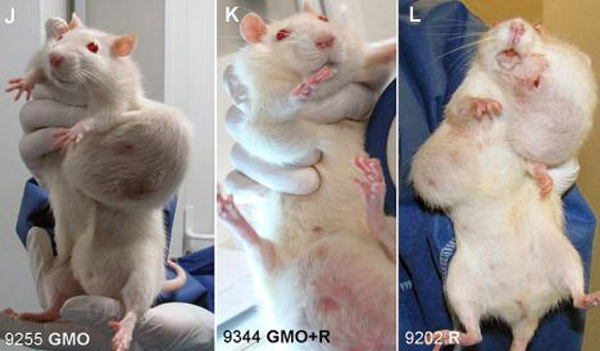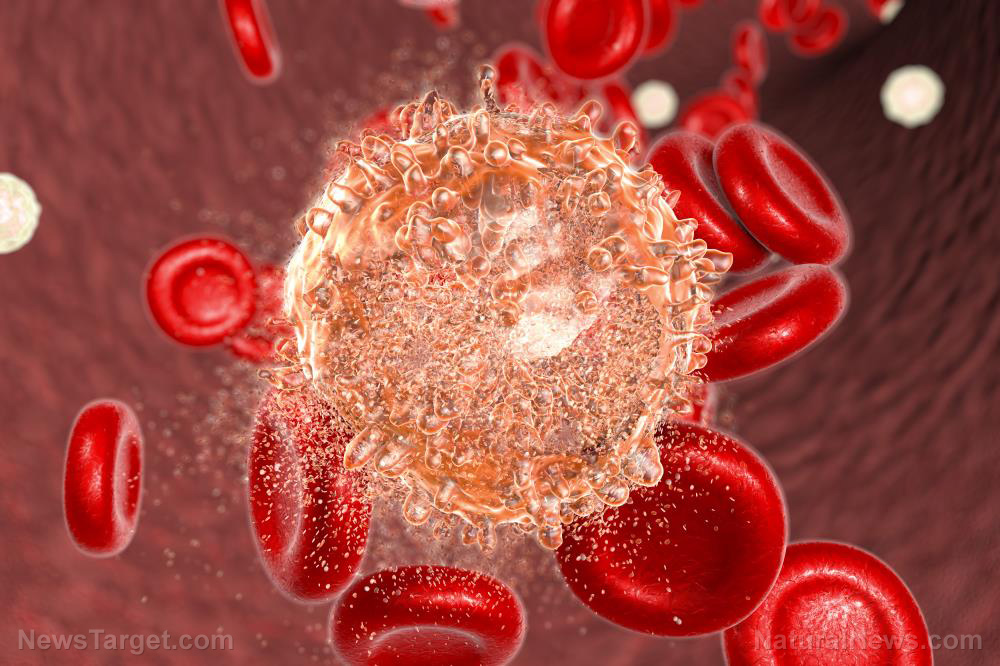Studies show that ordinary household dust may be the reason why you’re fat and sick
10/16/2018 / By Ethan Huff

If you eat right and still don’t feel up to par, you might want to self-reflect on your housekeeping skills. According to recent research, a messy house may be equally, if not more, damaging to your health than a poor diet because of endocrine-disrupting chemicals (EDCs) that lurk in dust and other tiny debris.
While much of what constitutes “house dust” is just organic material like hair, dead skin cells, and bug particulates, there are also hidden pollutants and carcinogenic compounds that can interfere with human hormones. These cancer-causing compounds can embed themselves in carpet, furniture, bedding, and even wall cracks.
One study published in the journal Chemical and Engineering News found that phthalates from flame retardant and plasticizing chemicals are among the most common contaminants found in dust. DEHP (di-2-ethylhexyl phthalate) is apparently the most common phthalate found in household dust, shedding from plastic food containers, cosmetic products, and vinyl flooring.
DEHP is known to interfere with normal hormone balance, and in men can reduce the motility of their sperm.
Polybrominated diphenyl ether, or PBDE, is another phthalate commonly found in household dust. Similarly disruptive to human hormones, PBDE was, at one point, found in flame retardants and fabric protectants. It’s since been banned, but tests show that residues from older products that were made with it can still be found many years later in household dust.
Levels of phthalates in people’s homes are often higher than EPA maximums for soil
One might assume that indoor levels of these noxious chemicals are lower than outdoor levels, but research suggests otherwise. In fact, indoor levels of some of the worst phthalates and flame retardants are higher than the soil-screen health risk thresholds set by the U.S. Environmental Protection Agency (EPA).
This is bad news for people trying to maintain a healthy weight, as constant inhalation of these chemicals can spur on the accumulation of adipocytes, which function as precursors for fat cells. Researchers at Duke University tested 11 different house dust samples and found that seven of them caused adipocytes to grow and turn into fat, while nine of them caused adipocytes to both increase in number and proliferate.
These same researchers identified the flame retardant TBPDP, the plasticizer DBP, and the pesticide pyraclostrobin as having the greatest and worst impacts on fat accumulation.
It doesn’t take much chemical-laden dust to make you fat – or to cause cancer
Interestingly enough, Dr. Heather Stapleton, the study’s lead author, found that the fat-producing impacts of dust occur at levels far below what the EPA considers to be the impacting threshold. A mere three micrograms (mcg) of dust was enough to do the trick, even though the EPA says that up to 50 milligrams is “safe.”
Weight gain isn’t the only concern. Other studies have linked PBDEs, PCBs, PAHs (polycyclic aromatic hydrocarbons), to certain types of cancer, including leukemia. PBDEs are especially harmful, having been linked to hormone disruption, memory impairment, hearing problems, decreased sperm count, and cancer.
According to Todd P. Whitehead, an environmental scientist from California, research that took place as part of the California Childhood Leukemia Study found that the homes of every single child looked at as part of the study had high levels of PAHs, PBDEs, and PCBs, among other associated chemicals.
Whitehead declared these findings to represent the “strongest type of evidence” pointing to flame retardants and other similar dust chemicals as playing a major role in obesity and cancer, as well as asthma, autism, and other health conditions that have skyrocketed over the past several decades.
The best ways to minimize the negative impact is to keep your house clean. Vacuum regularly, wash your linens, and opt for wood or tile over carpet, as carpet is known to harbor such chemicals. It’s also a major source of them.
Sources for this article include:
Tagged Under: adipocytes, asthma, cancer, carpet, chemicals, children, contamination, DBP, DEHP, dirty air, disease causes, dust, endocrine-disrupting chemicals, EPA, fat, furniture, hormone balances, hormones, household dust, indoor air, indoor environment, leukemia, noxious chemicals, PAH, PBDE, PCB, phthalates, Pyraclostrobin, Sick, sperm, TBPDP, toxic chemicals



















